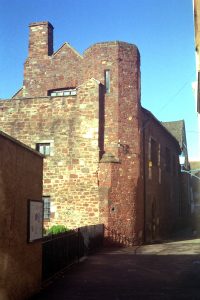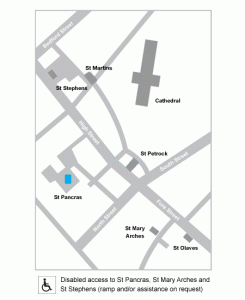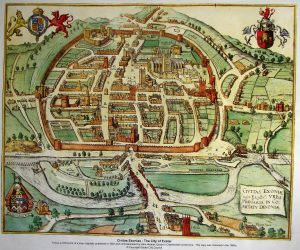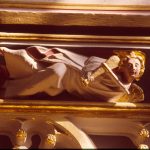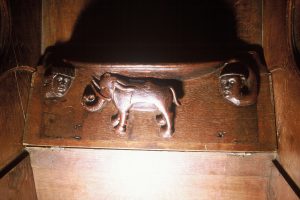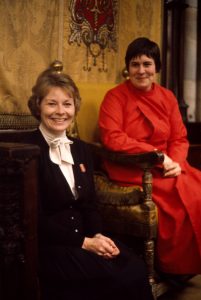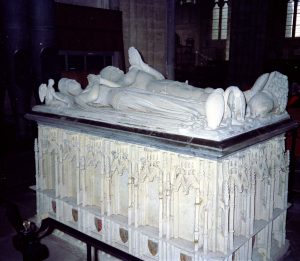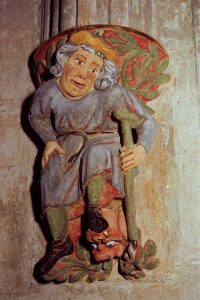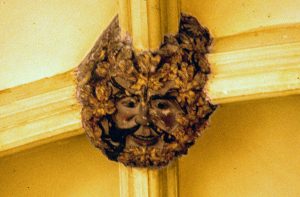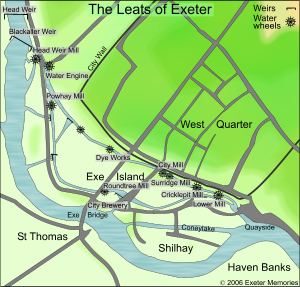 Exeter, the setting for Plague of a Green Man, the second of my Lady Apollonia West Country Mysteries, had a thriving woollen trade for centuries before and after 1380, the time of my book. It is the success of the city’s woollen production that drew Lady Apollonia and her second husband, the franklin Edward Aust, to Exeter. By the 14th century there were guilds in Exeter, made up of free man in the various trades related to the woollen business.
Exeter, the setting for Plague of a Green Man, the second of my Lady Apollonia West Country Mysteries, had a thriving woollen trade for centuries before and after 1380, the time of my book. It is the success of the city’s woollen production that drew Lady Apollonia and her second husband, the franklin Edward Aust, to Exeter. By the 14th century there were guilds in Exeter, made up of free man in the various trades related to the woollen business.
One location in Exeter that was important to the production of woollen cloth was Exe Island, located just outside the city wall near the West Gate and the medieval bridge over the River Exe as shown above. The marshy and sandy banks between the river and the city were first drained in the 10th century to reclaim the marshy land for industry and commerce. Higher Leat created Exe Island, which was a separate manor belonging to the Courtenays, Earls of Devon. Land along the leats or water channels was used for various activities including mills for grinding grain as well as for the fulling of woollen cloth. Exe Island also became the quarter of Exeter for dye houses and other cloth industries.
The fulling of wool cloth is mentioned in my story. Urine was used in this process going back to Roman times, to cleanse the wool from oil and dirt. Eventually other substances came into use, but urine was still used in the time of my novel. The wool was beaten in various ways which became more automated with the water available to provide power in fulling mills. Eventually the cloths were hung on racks to dry. Workers who did such jobs were called fullers or tuckers or simply walkers.
The guilds of weavers, fullers, and shearmen joined together in the 15th century to build Tuckers Hall which stands today on Fore Street in Exeter. In 1380, before the construction of Tucker’s Hall, these workers met at a pub on Exe Island called the Bishop Blaize which also can be visited today. Some events in Plague of a Green Man happen there. It is named after an Armenian, Bishop Blaize, who was the patron saint of clothmakers. The symbol of his martyrdom is a woolcomb.
An aulnage was an official of the king who oversaw the inspection of cloth to guarantee that it was manufactured to fixed standards of size and quality. When satisfied, he would then fix his seal upon it. Aulnagers were first appointed by Edward I. Moreton Molton, the aulnage in Exeter in 1380, plays an important role in my story.
For more on fulling, click on
https://en.wikipedia.org/wiki/Fulling .
For more on Exe Island, click on
https://en.wikipedia.org/wiki/Exe_Island .
